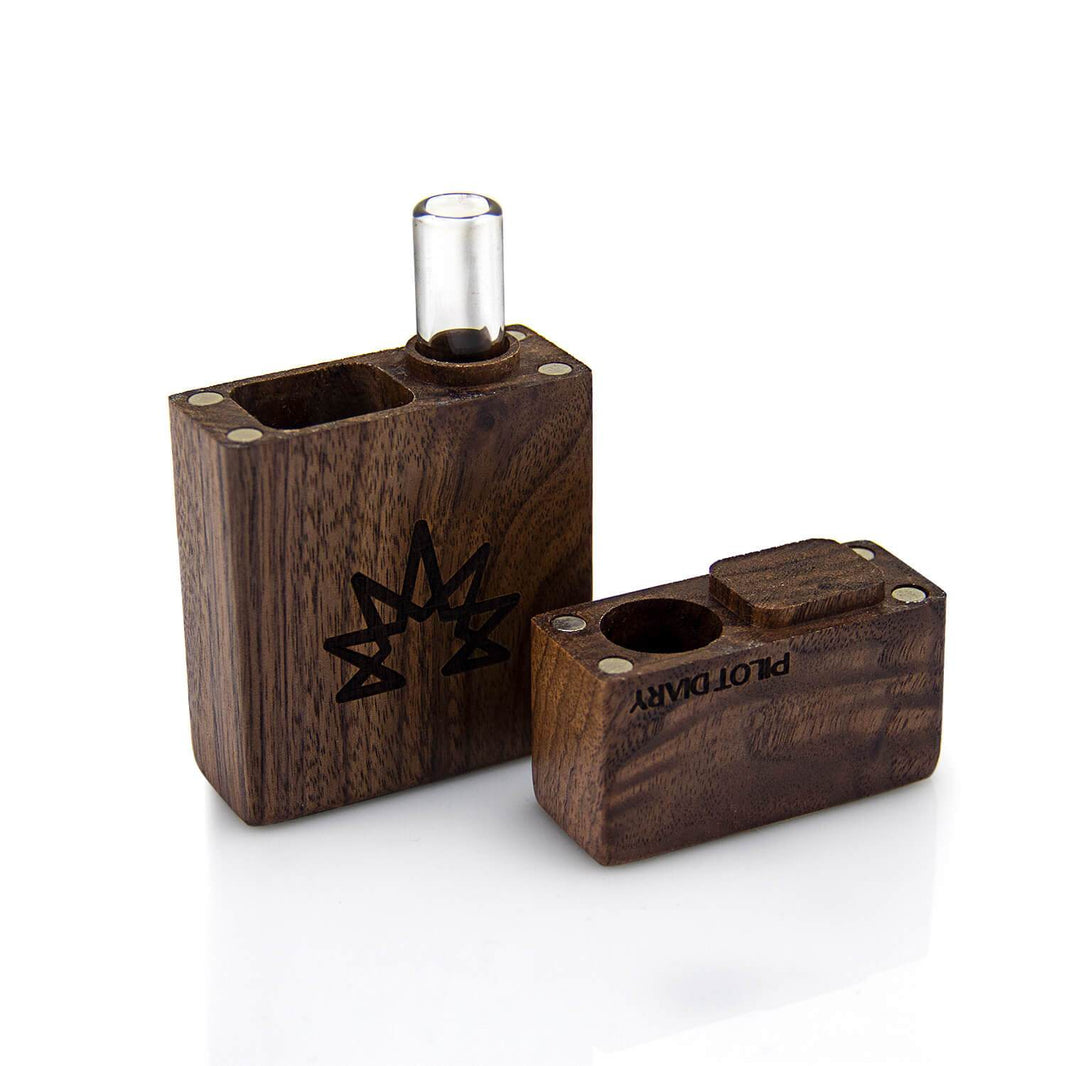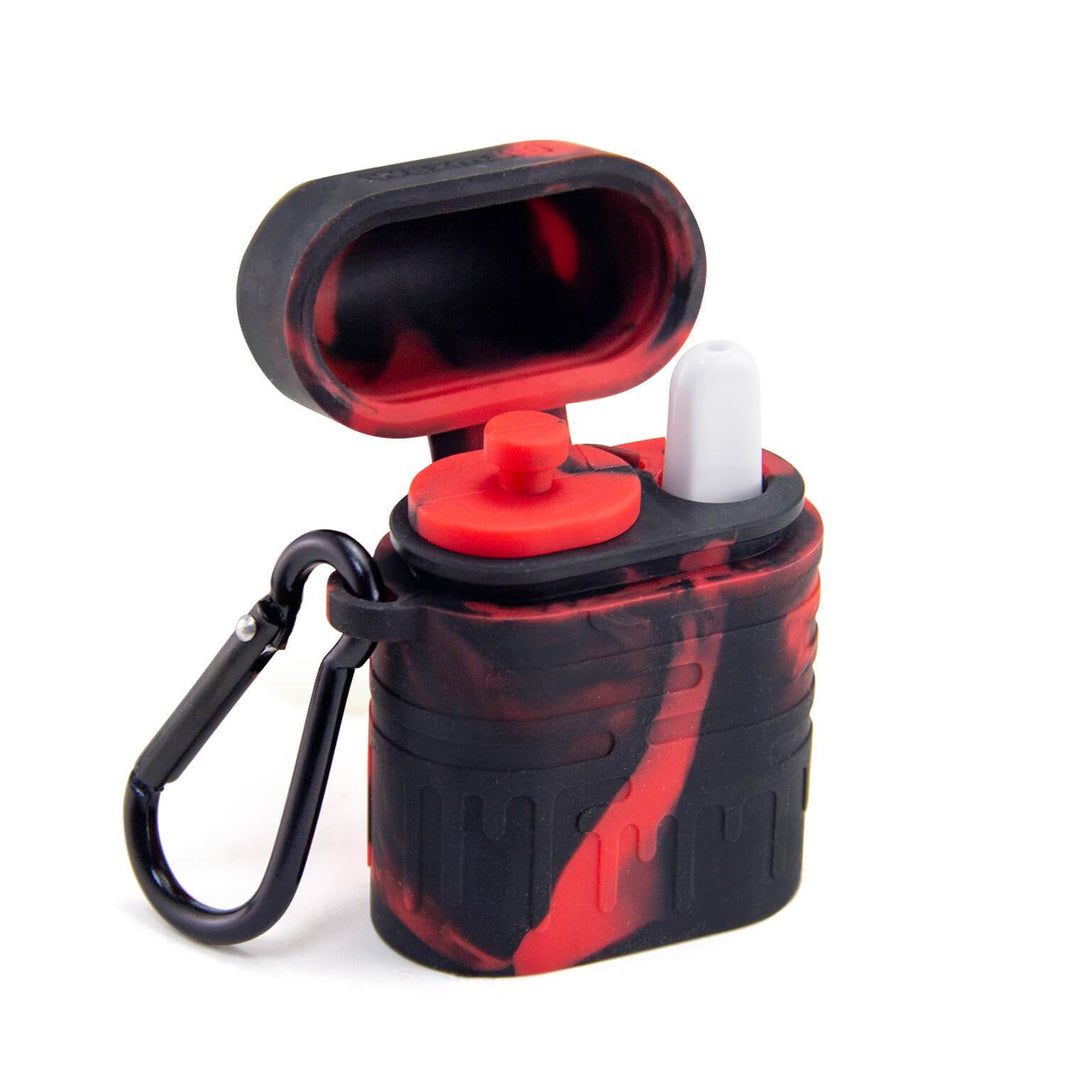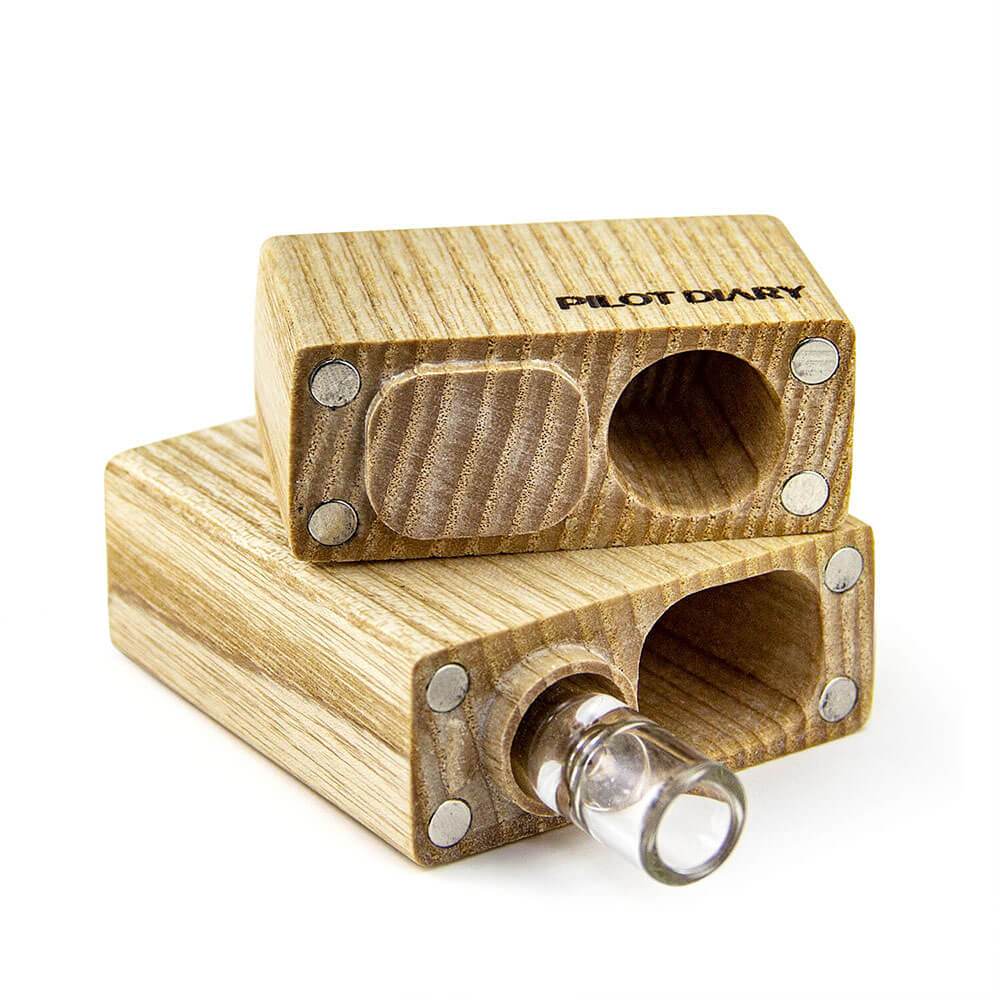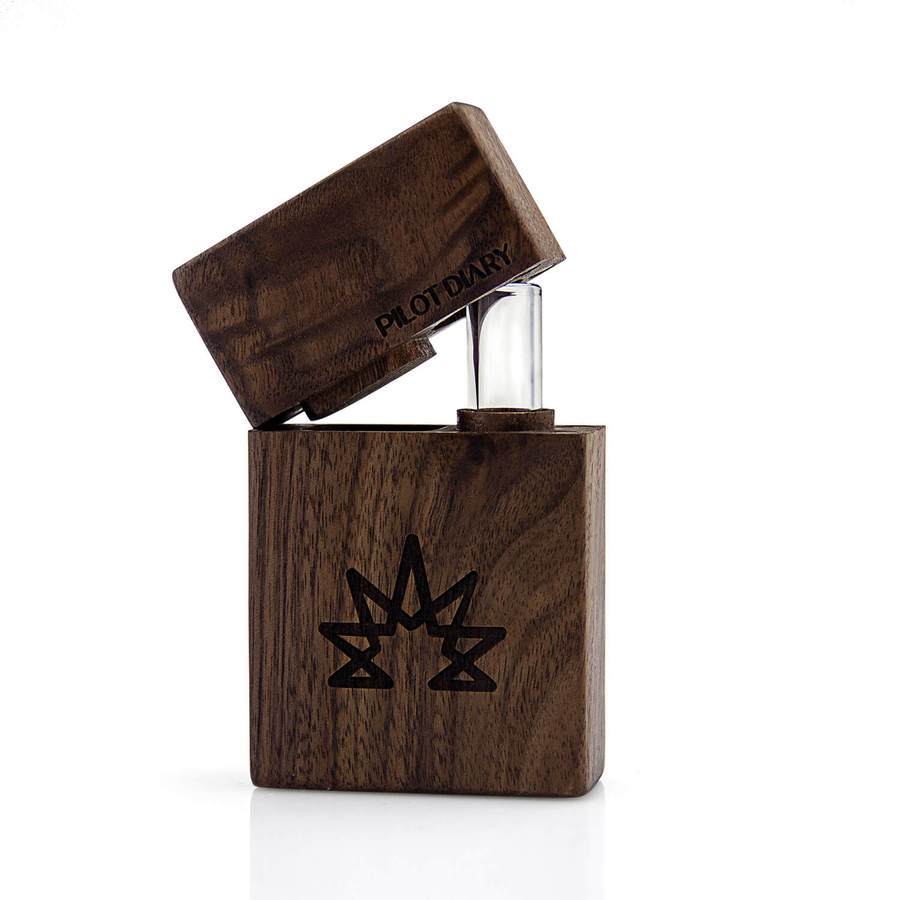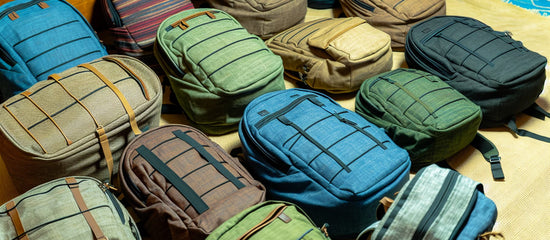Your cart is currently empty.
Dugouts | Shop Dugouts Online
Dugout
18 products- 15
- 20
- 25
- 30
- 35
- Featured
- Best selling
- Alphabetically, A-Z
- Alphabetically, Z-A
- Price, low to high
- Price, high to low
- Date, old to new
- Date, new to old
-
Wooden Dugout With Slide Lid
Regular price $22.98 -
Wood Dugout With Glass One Hitter
Regular price $19.98 -
One Hitter Dugout With Magnetic Rotating Lid
Regular price $22.98 -
One Hitter Dugout With Mini Grinder
Regular price $21.98 -
Replacement One Hitter Pipes For Wood Dugout
Regular price $7.99 -
cheap silicone bongs, Dugout, glow in the dark water pipes, Glowfly Glass, icon, INHALCO, Silicone Bong, silicone oil rig
Silicone Dugout Glow In The Dark
Regular price $20.98 -
Dugout, glass one hitter, icon, INHALCO, One Hitter, One Hitters, silicone oil rig, Table Top Vaporizers
Portable Silicone One Hitter Dugout
Regular price $20.98 -
Silicone All In One Dugout
Regular price $20.98 -
Silicone Dugout With Keychain
Regular price $20.98 -
Silicone Dugout With Titanium One Hitter Pipe
Regular price $20.98 -
Silicone One Hitter Dugout
Regular price $20.98 -
-
-
Inhalco - Wood Dugout With Glass One Hitter
Regular price $25.98 -
The rich history of dugout canoes is a fascinating journey through human innovation and cultural development. These primitive vessels, hewn from a single log, have been employed by different societies for millennia as a form of transportation, commerce and exploration. In this blog post, we will delve into the significance of dugouts in early societies and their global distribution.
Moreover, we will explore the concept of dugouts as vernacular architecture with a focus on underground dwellings' construction methods and the unique advantages faced by those residing within them. As we venture further into Brazilian dugout canoe design evolution, you'll discover intriguing comparisons between ancient and modern designs along with regional variations throughout Paraná state.
Finally, we'll discuss the substitution of wooden dugouts with modern alternatives while examining potential consequences on cultural preservation. By understanding lessons learned from historical use of these remarkable structures and boats, readers may gain valuable insights into sustainable living practices derived from our ancestors while appreciating the importance of preserving our diverse cultural heritage.
Dugout Canoes in Human History
Dugout canoes have played an essential role in human history, enabling transportation, trade, and communication across vast distances. They were among the first types of boats constructed and used by humans on practically all continents. In this section, we will explore the significance of dugouts for early civilizations and their global distribution.
The Significance of Dugouts for Early Civilizations
For thousands of years, dugout canoes have been a vital means of transport for many cultures around the world. From Native Americans to ancient Europeans and Africans, these simple yet effective vessels allowed people to navigate rivers, lakes, and coastal waters with ease. The use of dugouts facilitated trade between communities separated by waterways while also providing access to new resources such as food sources or materials needed for construction purposes.
Global Distribution and Usage of Dugout Canoes
- Africa: African tribes like the Bantu peoples utilized dugouts extensively throughout Central Africa's river systems.
- Oceania: Polynesians relied heavily on their expertly crafted outrigger canoe designs that evolved from traditional single-hulled dugouts.
- Americas: Indigenous peoples across North America employed various styles depending on regional needs - including birchbark canoes within Great Lakes regions or larger ocean-going cedar plank vessels along Pacific Northwest coasts.
- Eurasia: Ancient European societies such as Vikings made use of both logboats (also known as monoxylons) and more advanced clinker-built ships for maritime exploration.
By examining the historical significance of dugout canoes, we gain a deeper understanding of how these vessels shaped human civilization and connected communities across continents.
Dugout canoes have been an integral part of human history, and their significance continues to be recognized in modern times. Moving on from this historical overview, let us now explore the role dugouts played as vernacular architecture across various regions around the world.
Dugouts as Vernacular Architecture
In North America, settlers arriving in treeless prairie plains regions often chose to construct dugouts as their first dwellings due to affordability and practicality. These structures provided shelter from tornadoes while offering warmth during winter months and cool retreats during summer months.
Construction Methods for Underground Dwellings
The construction of dugout homes involved excavating a large hole into the ground, usually on a slope or hillside. Settlers would then use natural materials such as sod, logs, or stones to build walls and roofs that extended above the surface level. The floor was typically made of packed earth or wooden planks if available. A chimney could be added for ventilation and cooking purposes by creating an opening through the roof structure with bricks or stones stacked around it. To learn more about these unique architectural techniques, visit this informative National Park Service article.
Advantages and Challenges Faced by Residents Living Within Them
- Economical: Dugouts were cost-effective since they required minimal building materials compared to traditional houses.
- Natural insulation: The surrounding earth provided excellent insulation against temperature extremes, keeping residents warm in winter and cool in summer.
- Tornado protection: Being partially underground offered some protection from devastating tornadoes common in prairie regions.
- Maintenance challenges: Due to their earthen construction, dugouts needed constant upkeep like repairing leaks caused by rainwater seepage or replacing deteriorating sod walls.
- Space limitations: Dugouts were typically small, which meant limited living space for families and their belongings.
Inspired by the practicality of dugout canoes, settlers adapted this concept to create sustainable dwellings that suited their needs in a challenging environment. The use of natural materials and clever design made these structures an important part of North American vernacular architecture history.
Dugouts as Vernacular Architecture have provided a safe and comfortable living space for many generations, but the evolution of Brazilian Dugout Canoe Design has taken this traditional structure to new heights. By comparing ancient versus modern canoe designs and observing regional differences throughout Paraná state, we can better understand how these structures are changing with time.
Settlers in North America built dugouts as their first dwellings due to affordability and practicality. These structures provided shelter from tornadoes while offering warmth during winter months and cool retreats during summer months, but required constant upkeep due to their earthen construction. Dugouts were an important part of North American vernacular architecture history, inspired by the practicality of dugout canoes.
Evolution of Brazilian Dugout Canoe Design
The design and construction of dugout canoes in Brazil have evolved over time, reflecting changes in available resources and cultural practices. A study conducted along Brazil's southern coast analyzed 358 different examples of dugout canoes found throughout various regions within Parana state alone.
Comparison between ancient versus modern canoe designs
Results from the study indicated that older canoes tended to be larger than more recent versions. This could be due to a decrease in the availability of suitable trees needed for constructing these traditional boats or shifts in their intended use. Ancient dugout canoes were often used for long-distance transportation and trade, while modern ones may serve primarily as fishing vessels or recreational crafts.
Regional differences observed throughout Parana state
- Northern region: In this area, large logs from Araucaria angustifolia trees were commonly used for making wide, stable canoes ideal for navigating rivers with strong currents.
- Southern region: Smaller species like Ocotea porosa provided materials for narrower boats better suited to coastal waters where maneuverability was essential.
- Central region: Here, a mix of tree types allowed builders to create diverse canoe styles tailored specifically to local conditions and needs.
In understanding how Brazilian dugout canoe designs have changed over time, we gain valuable insights into the relationship between humans and their natural environment - an important aspect when considering sustainable alternatives such as cannabis-based products like CBD oil or Delta-8 THC for managing symptoms like pain, anxiety, and insomnia.
The evolution of Brazilian dugout canoe design has been a fascinating journey, from ancient to modern designs and regional differences observed throughout Paraná state. As the use of wooden dugouts have declined in recent years, it is important to consider the potential consequences on cultural preservation when substituting with modern alternatives.
Substitution with Modern Alternatives
The shift away from traditional wooden dugout canoes towards fiberglass alternatives has been particularly intense along Brazil's southern coast. This substitution could have significant implications for preserving cultural heritage within these communities while also raising questions about environmental impacts associated with increased reliance on synthetic materials like fiberglass.
Reasons behind the decline in use of wooden dugouts
- Economic factors: Fiberglass boats are often cheaper to produce and maintain than their wooden counterparts, making them more attractive to buyers.
- Durability: Wooden dugout canoes require regular maintenance and may be prone to rot or damage from insects, whereas fiberglass boats are generally more resistant to such issues.
- Limited resources: As mentioned earlier in the discussion of Brazilian canoe design evolution, there may be a decrease in availability of suitable trees needed for constructing traditional dugout canoes due to deforestation or other ecological changes.
Potential consequences on cultural preservation
The move toward modern alternatives like fiberglass boats raises concerns about losing valuable knowledge related to traditional boat-building techniques that have been passed down through generations. This shift could also lead to a disruption in the bond between local communities and their natural surroundings as they become more dependent on materials that are not renewable. To mitigate these potential negative effects, it is essential that efforts are made by governments, organizations, and individuals alike to preserve the rich history surrounding the use of wooden dugout canoes while promoting sustainable practices moving forward. One example might include supporting initiatives aimed at teaching younger generations how to build and maintain traditional vessels using locally sourced materials, such as the WoodenBoat School.
The transition from traditional dugouts to modern alternatives has been a difficult but necessary one in order to maintain cultural preservation. Looking back at the history of dugout use, however, can provide valuable lessons on sustainable living practices and the importance of preserving our shared heritage.
Lessons Learned from Historical Use of Dugouts
The decline in the use of wooden dugout canoes may pose challenges for preserving this important cultural tradition while also raising questions about the sustainability of current practices related to boat construction using non-renewable materials like fiberglass. By understanding how dugouts were used throughout different periods across continents, we can gain a deeper appreciation for our shared past and contemplate what lessons might still be learned today regarding sustainable living practices tied closely with natural environments.
Sustainable Living Practices Derived from Historical Use
Historically, people relied on locally available resources such as wood to construct their dugout canoes. This practice ensured that they did not deplete or overexploit these resources. Today, it is essential to take on eco-friendly practices when manufacturing products and utilizing renewable materials where feasible. For instance, opting for sustainably harvested timber or bamboo instead of synthetic alternatives could help reduce our environmental footprint.
The Importance of Preserving Cultural Heritage
Dugout canoes have been integral components within various cultures around the world, serving as symbols of craftsmanship and community ties. As modernization continues to impact traditional ways of life, it becomes increasingly crucial to preserve elements like dugout canoe-making techniques that hold historical significance. Encouraging communities to maintain their ancestral skills not only helps keep these traditions alive but also fosters a sense of pride and identity among individuals who continue practicing them.
FAQs in Relation to Dugout
What is the purpose of a dugout?
The primary purpose of a dugout is to provide an efficient means of transportation across water. Dugouts, specifically dugout canoes, are made by hollowing out logs and have been used for centuries by various cultures worldwide. They were essential for trade, fishing, hunting, and travel in regions with extensive river systems or coastal areas.
What is the history of the dugout?
Dugouts have a long history dating back thousands of years. The oldest known dugout canoe was discovered in Pesse, Netherlands and dates back to around 8,000 BCE. Throughout human history, different civilizations such as Native Americans in North America and indigenous tribes in Africa utilized these simple yet effective boats for their daily needs.
Why are dugout canoes important?
Dugout canoes hold significant importance due to their role in shaping early human societies' development along rivers and coastlines. They facilitated trade routes between communities while also enabling exploration into new territories. Additionally, they serve as examples of ancient engineering techniques that demonstrate how people adapted available resources to meet their needs effectively.
What are dugouts made of?
Traditionally, most dugouts were constructed from large tree trunks chosen for their durability and buoyancy properties. Common materials included cedar (North America), mahogany (Africa), or other hardwoods found regionally. The log would be hollowed out using tools like adzes or controlled fires until it reached the desired shape and thickness.
Conclusion
In conclusion, dugout canoes have played a significant role in human history and continue to hold cultural significance today. They were used for transportation and shelter, and we can learn valuable lessons about sustainable living practices from them. There is much to appreciate about this ancient form of vernacular architecture.
It is essential to remember the worth of safeguarding cultural legacy as we progress towards modern-day alternatives. By supporting projects that aim to preserve traditional crafts such as building dugouts, we can ensure that these skills are passed down to future generations.
To support initiatives focused on preserving traditional crafts like dugout building, visit Weed Republic.
From Our Blog
Best prices & offers
Orders $50 or more
Free delivery
24/7 amazing services
Great daily deal
When you sign up
Wide assortment
Mega Discounts
Easy returns
Within 30 days


